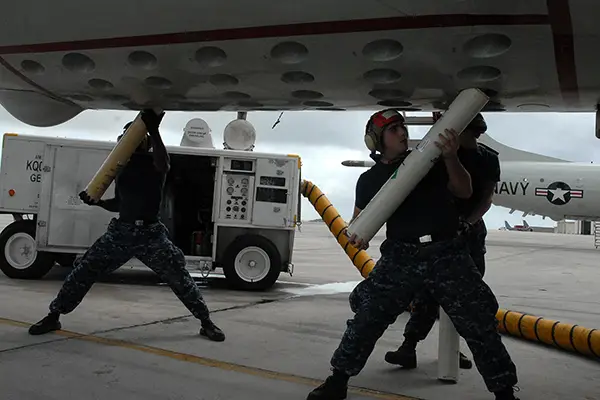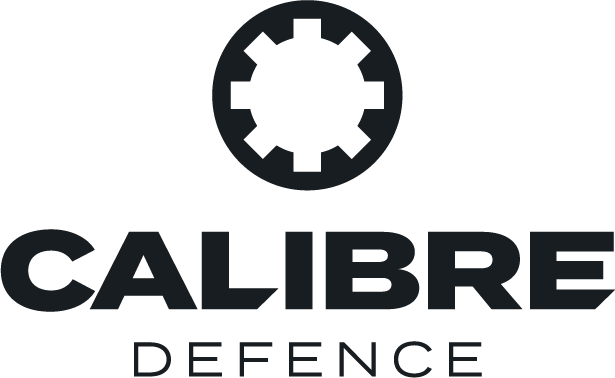Ultra Maritime contracted to supply sonobuoys to France
Ultra Maritime will supply three different types of sonobuoy to France under a contract awarded to the US company by the Thales Group, according to a 17th April press release.
Thales, acting in support of France’s support of Direction Générale de l’Armement (DGA), the French Government’s defense procurement and technology agency has placed contracts for three of Ultra Maritime’s products:
- AN/SSQ 62E DICASS: DICASS stands for Directional Command Active Sonobuoy System, and the AN/SSQ 62E is designed for submarine detection and localisation in preparation for an attack, making it an important element of anti-submarine warfare (ASW). It can operate up to depths of 460 metres and can operate for four hours with four sonar channels; it can be air and surface vessel launched.
- AN/SSQ 53G DIFAR: DIFAR stands for Directional Frequency Analysis and Recording and the AN/SSQ 53G is the recommended sonobuoy for operators of the P-8A Poseidon and MA-60R aircraft. It has a directional and omnidirectional sonar capability, which means it can emit sound waves in all directions to search a wide area, or more focused emissions in a single direction to provide more granular data on a given object. It includes a GPS receiver to provide its location, can operate at depths of 305 metres, and its battery can power the buoy for up to eight hours.
- AN/SSQ 536G Bathythermal buoys: These buoys are half the size of a typical sonobuoy and designed to be deployed from helicopters or smaller platforms. They are designed to collect data on the temperature of the water as they sink to a depth of 800 m. This creates a water column temperature vs depth profile to support acoustic propagation analysis. This is essential for ASW because temperature directly affects the propagation of sound underwater. Sonar uses sound waves to detect objects underwater, and a 1° Celsius increase in temperature can increase the speed of sound by 4 metres per second. Or, if the water temperature changes from one region to another, the sound waves will refract as they pass through the two different temperatures, potentially altering the return wave. So, bathythermal buoys become very important for understanding the state of the sea that a force is trying to locate a submarine in. The AN/SSQ 536G reaches 800 metres in 10 minutes and is produced in Canada.
“As undersea domain awareness becomes increasingly critical, and submarine and uncrewed threats more and more stealthy, enhancements in sonobuoy performance make the difference between detecting an undersea threat and missing it,” the press release states. This is true, and part of the challenge for many navies in the Western world is that they lack the assets to support sustained ASW.

This image shows sonobuoys being loaded into the wings of an aircraft. Credit: Ultra Maritime
ASW is typically a resource-intensive task conducted by ships, helicopters, large aircraft like the P-8 Poseidon and satellite intelligence. It can take a long time to locate and track a submarine even in relatively small areas and detection can rely on the technical ability of a sonar operator to recognise what they are hearing.
Because of this, improvements in sonobuoy technology that are designed to improve the quality of detections or the length of time that the buoys can remain deployed are seen as valuable because they increase the probability of detection.
Persistent, ideally autonomous surveillance, is often the goal that some navies and companies are working towards. Recent examples include Anduril’s Seabed Sentry, a networked underwater sensor designed to provide extended seabed surveillance. Ultra Maritime is cooperating with Anduril to support the latter’s development of sub-surface capabilities. Otrher elements of this picture include autonomous surface and sub-surface vessels that are designed to provide the mass of platforms and sensors needed to contest and control a large area of water. Companies like Saronic, and BAE Systems are developing autonomous capabilities to that end.
Calibre comment
France’s naval modernisation has been through several iterations and changes since 2013 with ships cancelled and modernised as the country’s budget has flexed in response to global financial pressures. The backbone of the fleet is ostensibly provided by eight Aquitaine class frigates based on the FREMM design. Six of the eight are configured for ASW, which helps illustrate the importance of that particular role. More widely, ASW became a lower priority for many European militaries in the post-Cold War world. The threat had receded and it became difficult to justify the expenditure on resource-intensive ASW capabilities. Now, with Russia once more openly challenging European security and China’s military growing in confidence, the ability to track and engage enemy submarines is growing in importance.
By Sam Cranny-Evans, published on 24th April, 2025.

Sign Up for Updates!
Get insider news, tips, and updates. No spam, just the good stuff!






